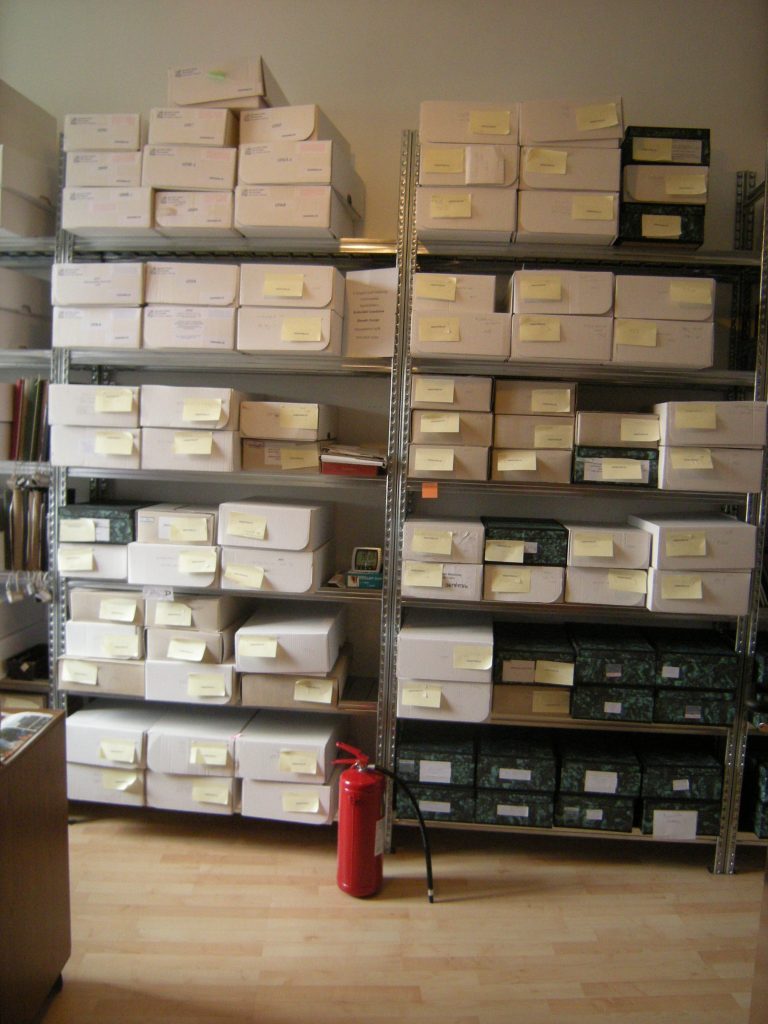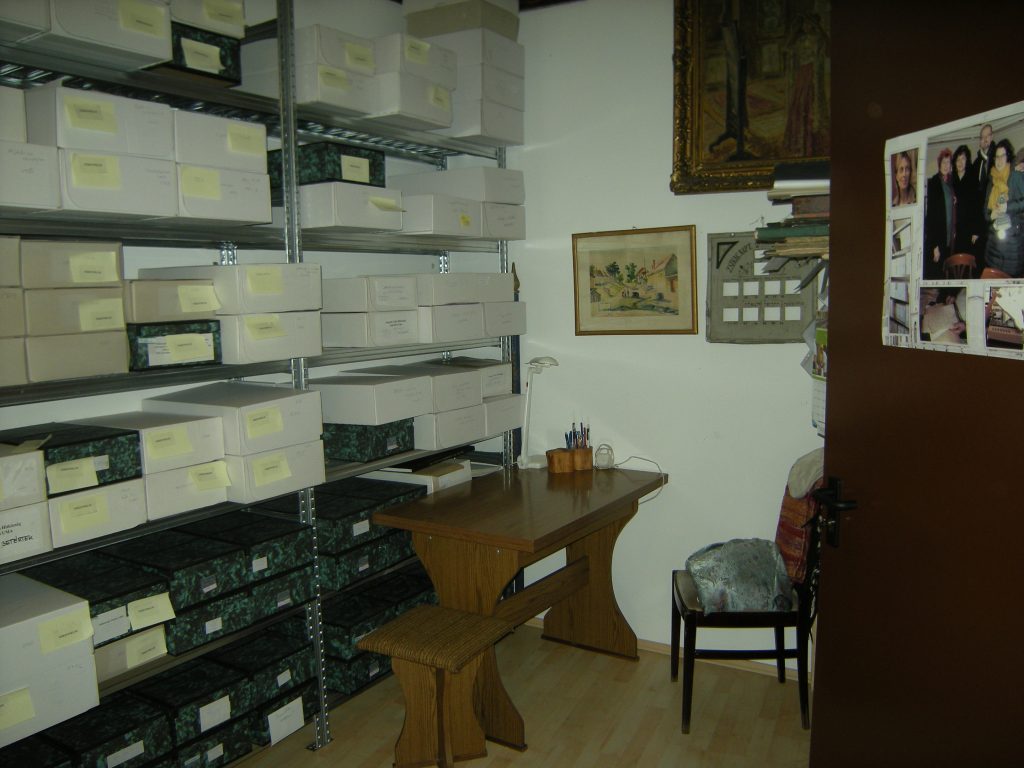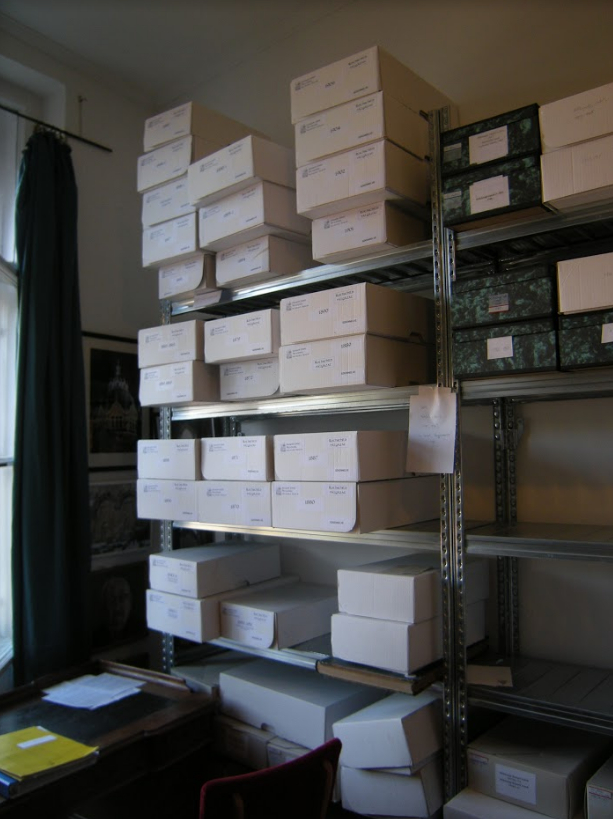The renowned Jewish community of Szeged stands as the largest Jewish community in southern Hungary and one of the most important in central Europe. Its Jewish community was founded in 1785 and at its peak, in the 1920s, it had 8,000 members as the third biggest one in Hungary. Nowadays 300 people are members. The Jewish population of Szeged has an extremely rich history both intellectually and culturally and is one of the very few countryside communities where, after 1945, Jewish religious and communal life continued and is still taking place. Essentially, this made it possible for a significant part of the community to retain its valuable collection of documents and a rich archive of material memories. This makes our innovative restoration research project particularly valuable and critical since so many other European Jewish communities were destroyed in the Holocaust without a trace.
The Szeged Jewish community is unique because Szeged was the primary focal point for Neolog Judaism and thus the prime locus (outside of Budapest) for the Hungarian Jews to integrate into mainstream, Hungarian-speaking urban culture yet maintain and synthesize their distinctive Jewish culture, after the creation of Austria-Hungary in 1867. The members of their Jewish community have been active in Szeged’s scientific, economic, industrial, religious, cultural, architectural, artistic, educational and charitable life.
Unlike many other European Jewish Archives, the archives of the Szeged Jewish Community survived mostly intact despite the destructive forces of the Holocaust and WWII. The archives contain interesting records and precious historical documents from the Neolog community of Szeged. It also contains various writings of the former rabbis and its significant Jewish members, including Lipót and Immánuel Löw, Jenő Frenkel, and Immánuel Zucker. These archived documents chronicle the largely destroyed Szeged Jewish community and provide an important window into the fantastic and historically important cultures of other central European Jewish communities which were utterly lost in the Shoah. These archives are currently being entirely processed, catalogued, indexed and partly digitized in a two-year project.
In July, 2018 the long-lost original plans of the synagogue were discovered. The 120-year sheaf of documents consists of 227 unique, hand-drawn pictures with external and internal details of the synagogue building. The community also holds several synagogue textiles, most of which are in a very poor condition. Furthermore, on July 31, 2019, Vera Ábrahám incredibly found the original floor plans of the synagogue.


